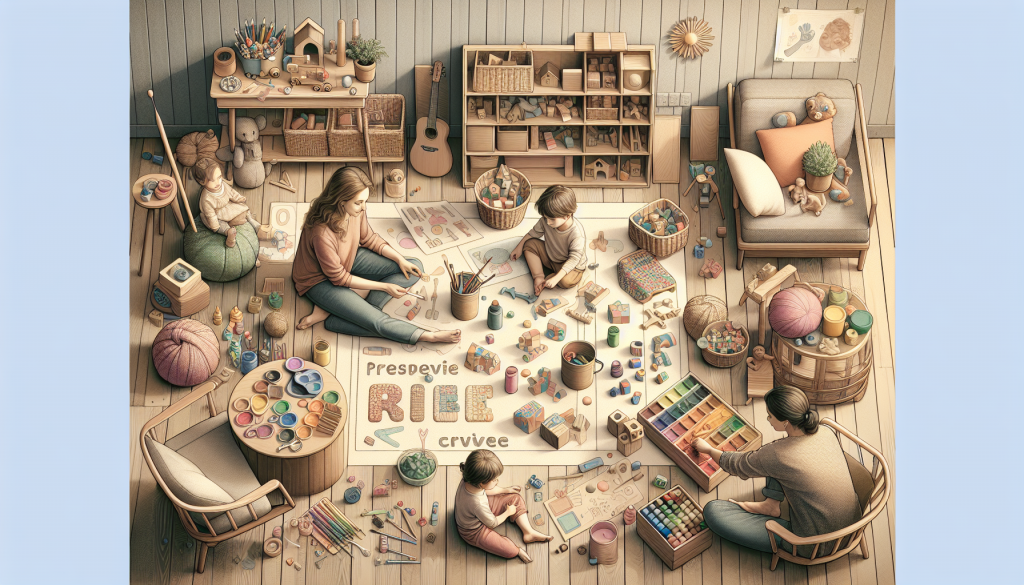Encouraging Children to Express Their Creativity
In today’s fast-paced world, nurturing a child’s creativity is more important than ever. As parents and future parents, understanding the role of creative development in a child’s life can help foster a more fulfilling and successful upbringing. Encouraging children to express their creativity not only enriches their personal development but also strengthens their communication skills and emotional well-being.
Main Points
Creativity is a vital component of a child’s cognitive and emotional development. Studies have shown that children who engage in creative activities tend to have better problem-solving skills and adaptive thinking. According to principles of cognitive-behavioral therapy (CBT), creative expression fulfills several psychological needs such as autonomy, self-expression, and safety.
Autonomy: Allowing children the freedom to explore their interests fosters a sense of independence and decision-making. When children are given choices in their creative endeavors, they learn to trust their instincts and feel empowered.
Self-Expression: Creative activities offer a safe outlet for children to express their thoughts and emotions. This can be particularly beneficial for those who may struggle with verbal communication. Art, music, and play provide non-verbal means for children to convey their feelings.
Safety: A supportive environment where creativity is encouraged helps children feel secure in their expressions. This sense of safety allows them to take creative risks without fear of judgment, a key aspect of cognitive-behavioral therapy.
These elements underscore the importance of fostering an environment that supports creative development, as it lays the foundation for robust emotional and cognitive growth.
Practical Recommendations
Here are some practical parenting strategies to encourage children to express their creativity:
- Provide Open-Ended Materials: Offer materials like crayons, clay, and building blocks that invite imaginative use, rather than toys with predefined outcomes.
- Create a Safe Space: Dedicate a space in your home where children can freely create and make a mess. This physical space contributes to their psychological feeling of safety.
- Encourage Exploration: Allow children to explore different activities, and resist the urge to direct or correct their creative processes.
- Celebrate Effort, Not Just Outcome: Focus on the creative journey, praising effort and innovation, rather than just the finished product.
- Model Creativity: Engage in creative activities yourself and share them with your child. This not only sets an example but also strengthens your bond.
Conclusion
Nurturing a child’s creativity is an essential part of parenting that can lead to numerous benefits, including improved communication skills, emotional resilience, and cognitive flexibility. By understanding and implementing strategies that encourage creative development, parents can help their children express their creativity in ways that fulfill psychological needs and foster a sense of autonomy and safety. For more insights on fostering creativity and emotional growth, visit the Child Mind website.

